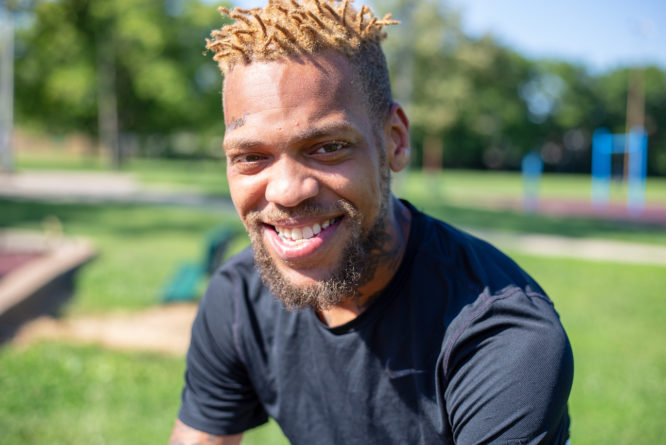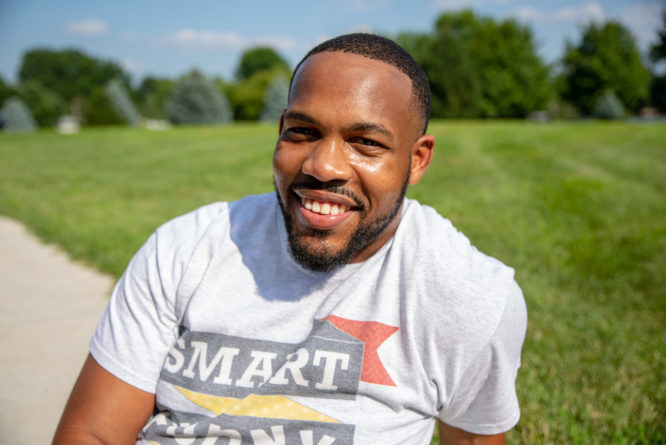Improving Officer Training
The expert testimony, research, scholarship, and lived experience collected by the Commission revealed the following:
- In St. Louis City and the County, 75 percent of the police departments are unaccredited (Better Together, 2015). The State of Missouri does not require police departments to be accredited, perhaps explaining why in St. Louis City and County only 15 of 60 police departments are accredited by either the Commission on Accreditation for Law Enforcement Agencies (CALEA) or the Missouri Police Chiefs Charitable Foundation (MPCCF) (Better Together, 2015). Although there are requirements for individual officers to be licensed, the practice does not extend to the departments themselves (Better Together, 2015).
- Disparities in training practices exist between St. Louis City and County’s 60 police departments (Better Together, 2015). For example, there are inconsistent psychological evaluation standards for police officer screenings; some departments require screening by a psychiatrist or psychologist, while others apply vague requirements, such as a finding of “good emotional health” (Better Together, 2015). Similar disparities exist between departments’ background-check processes (Better Together, 2015).
- The large number of police departments in the St. Louis region makes it difficult to form effective partnerships between law enforcement agencies to combat crime and protect citizens (PERF, 2015). Such fragmentation is inefficient and subverts police operations (PERF, 2015).
- One issue in police standards and professionalism in the St. Louis region is the shuffling of police officers among departments. For example, an officer who is fired for disciplinary or performance issues in one department may be swiftly rehired by a neighboring department, because it may be costlier to recruit and train new officers than to hire an experienced officer with a history of performance issues (PERF, 2015). Hiring officers who have been fired for disciplinary or performance issues in other departments can compromise the quality of policing in the region (PERF, 2015).
These findings prompted the Commission to draft several calls to action for changes to officer training to help improve the personal and professional lives of police officers and the citizens they serve.
To that end, the Commission issues the call to action below.
Take Action
FTF Co-Chairs and Community Partners Call for Swift Policy Action
Residents Call for Policy Change, Regional Leaders Must Rise to the Challenge Forward Through Ferguson co-chairs, Rebeccah Bennett and Zachary Boyers, and 30 community partners call on policy and decision makers to deliver swift action on Ferguson Commission Calls to Action. Read the full statement on Medium, or download a pdf here. “Unfortunately, we’ve been…
Opportunity for a New Approach to Public Safety in St. Louis
An open letter to Mayor Lyda Krewson from Rebeccah Bennett and Zachary Boyers, Co-chairs of Forward Through Ferguson, on the public safety opportunity in front of our region. Click here to download a pdf of the open letter. Mayor Krewson, The retirement of Police Chief Sam Dotson represents a new day for public safety in St. Louis….
Suggested Reading List
Better Together. (2015). Public safety study, police report #2: police officer certification & requirements. Retrieved fromhttps://www.bettertogetherstl.com/wp-content/uploads/2015/04/BT-Police-Report-2-Executive-Summary1.pdf
President’s Task Force on 21st Century Policing. (2015). Final report of President’s Task Force on 21st Century Policing, Office of Community Oriented Policing Services. Retrieved from https://www.cops.usdoj.gov/policingtaskforce
Citations
- Apuzzo, M. (2015). Police rethink long tradition on using force. New York Times. Retrieved from https://www.nytimes.com/2015/05/05/us/police-start-to-reconsider-longstanding-rules-on-using-force.html
- Better Together. (2015). Public safety study, police report #2: Police officer certification & requirements. Retrieved fromhttps://www.bettertogetherstl.com/wp-content/uploads/2015/04/BT-Police-Report-2-Executive-Summary1.pdf
- Fridell, L. (2014). Why do US police keep killing unarmed black men? BBC News. Retrieved from https://www.bbc.com/news/world-us-canada-32740523
- International Association of Chiefs of Police (IACP). (2004). Model policy: Unbiased policing. Retrieved from https://www.theiacp.org/Model-Policies-Alphabetical-Order
- Police Executive Research Forum. (2015). “Overcoming the challenges and creating a regional approach to policing in St. Louis City and County.” Retrieved from https://www.policeforum.org/assets/stlouis.pdf
- President’s Task Force on 21st Century Policing. (2015). Final report of President’s Task Force on 21st Century Policing, Office of Community Oriented Policing Services. Retrieved from https://www.cops.usdoj.gov/policingtaskforce
- Stoughton, S. (2014). How police training contributes to avoidable deaths. Retrieved fromhttps://www.theatlantic.com/national/archive/2014/12/police-gun-shooting-training-ferguson/383681/
- Violanti, J. M., Burchfiel, C. M., Miller, D. B., Andrew, M. E., Dorn, J., Wactawski-Wende, J., … & Trevisan, M. (2006). The buffalo cardio-metabolic occupational police stress (BCOPS) pilot study: Methods and participant characteristics. Annals of Epidemiology, 16(2), 148-156.


